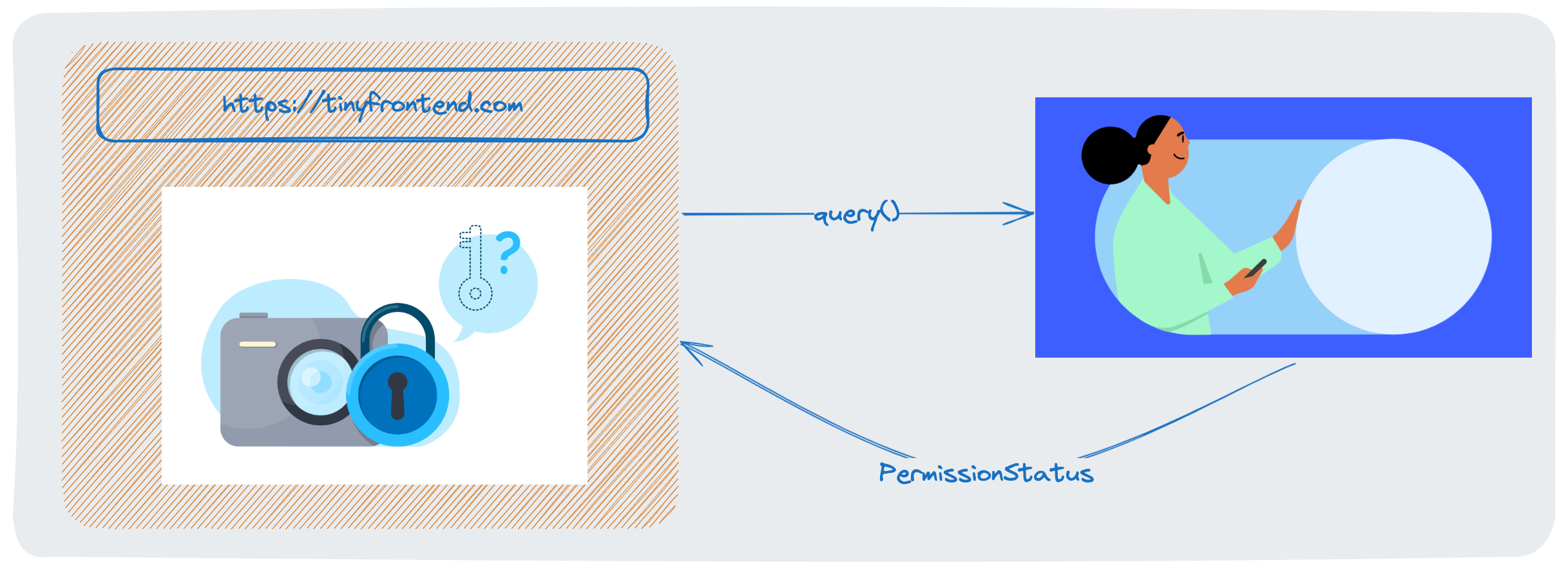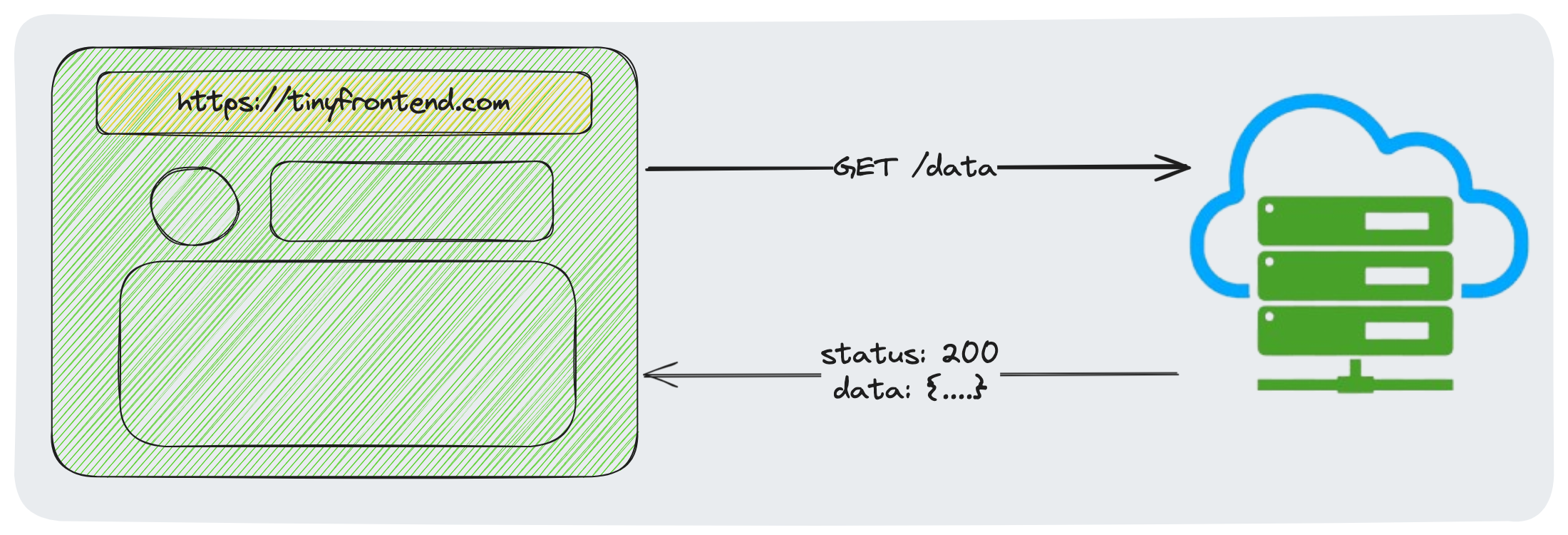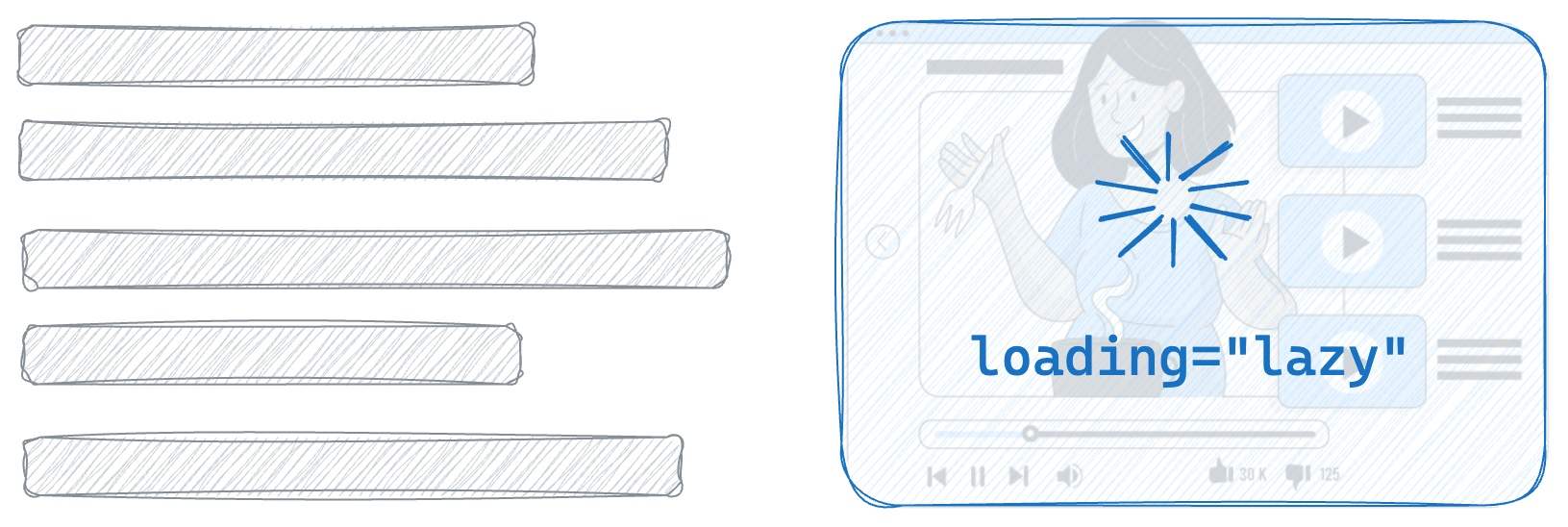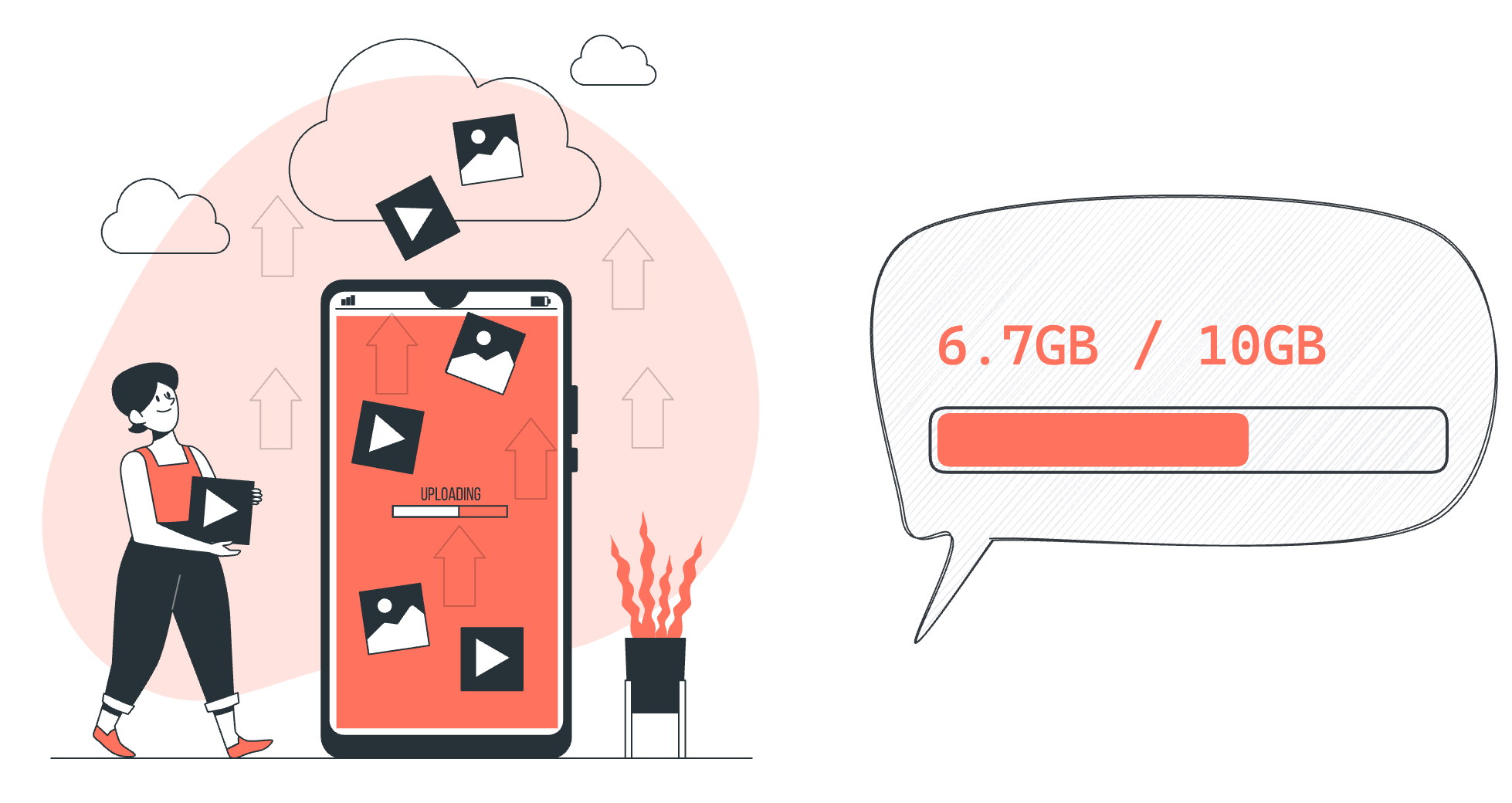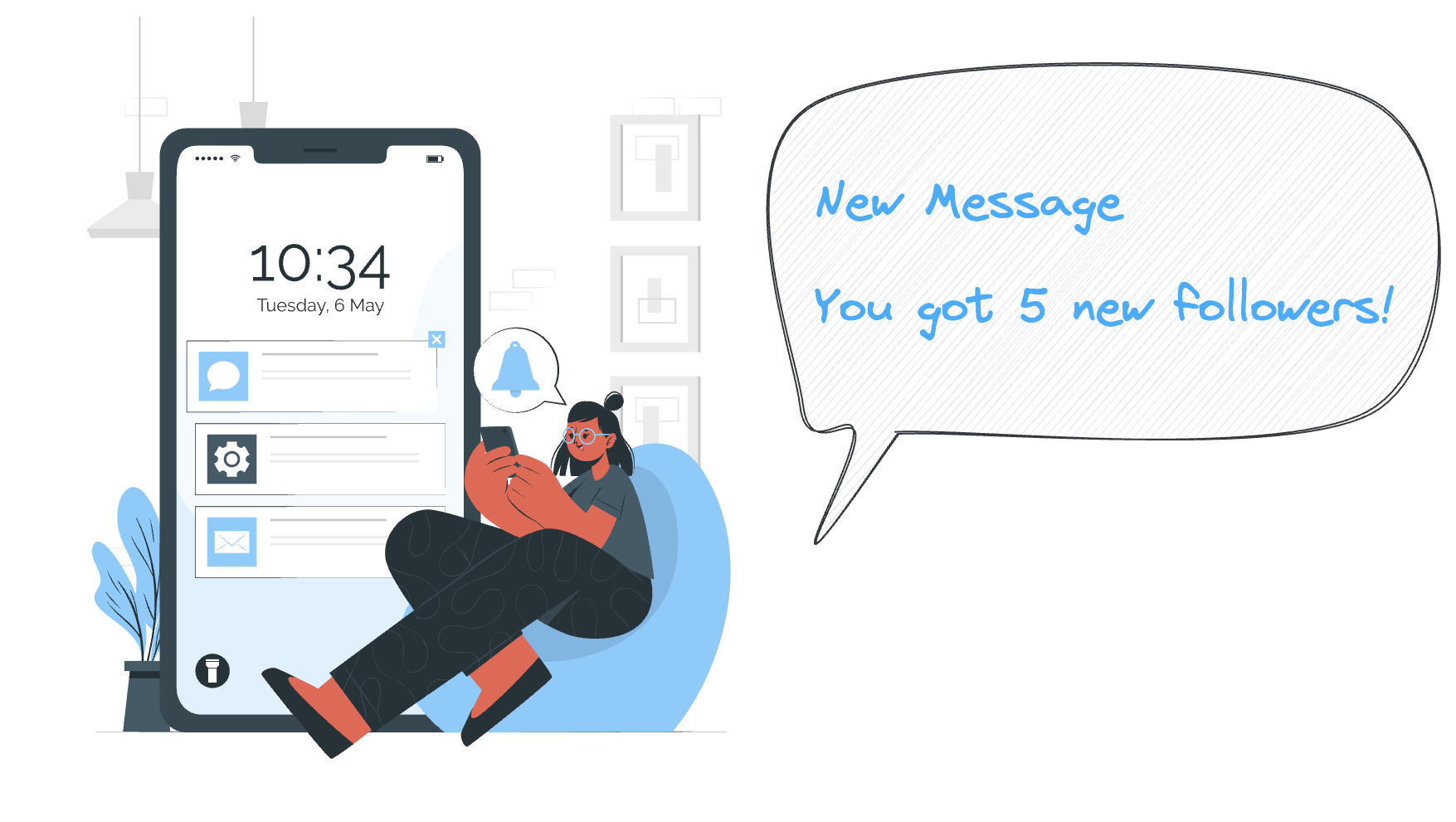Data Transfer with WebSocket
You're probably already familiar with using the HTTP protocol to retrieve data from servers. However, in addition to HTTP, browsers also provide another networking protocol to meet more advanced communication needs: WebSocket.

If you've never used WebSocket in your projects before, keep reading as we explore the world of WebSocket.
What is WebSocket?
WebScocket is a real-time web technology that facilitates bidirectional, full-duplex communication between clients and servers over a persistent connection.
It's built on top of the existing TCP protocol and can send text or binary data. Additionally, it is not restricted by the same-origin security policy, allowing communication with any server.
Its protocol identifier is ws, if encrypted, it becomes wss. The complete URL format is as follows:
ws://socket-server.com/path
Why WebScocket?
Compared to the HTTP protocol, it has the following advantages:
Low Latency
Unlike traditional HTTP requests, which involve multiple round trips between the client and server, WebSockets maintain a persistent connection.
This minimizes latency, making them ideal for real-time scenarios like chat applications, live notifications, and online gaming.
Efficient Data Transfer
WebSockets allow bidirectional communication, enabling both clients and servers to send messages without the overhead of establishing new connections for each request.
This efficiency is especially valuable when transmitting frequent updates or large datasets.
Push Notifications
WebSockets enable servers to push data to clients instantly.
For example, in a chat app, messages can be delivered immediately to all connected users without polling the server repeatedly.
Reduced Server Load
With WebSockets, servers handle fewer connection setups and teardowns, reducing resource consumption compared to long-polling or frequent AJAX requests.

